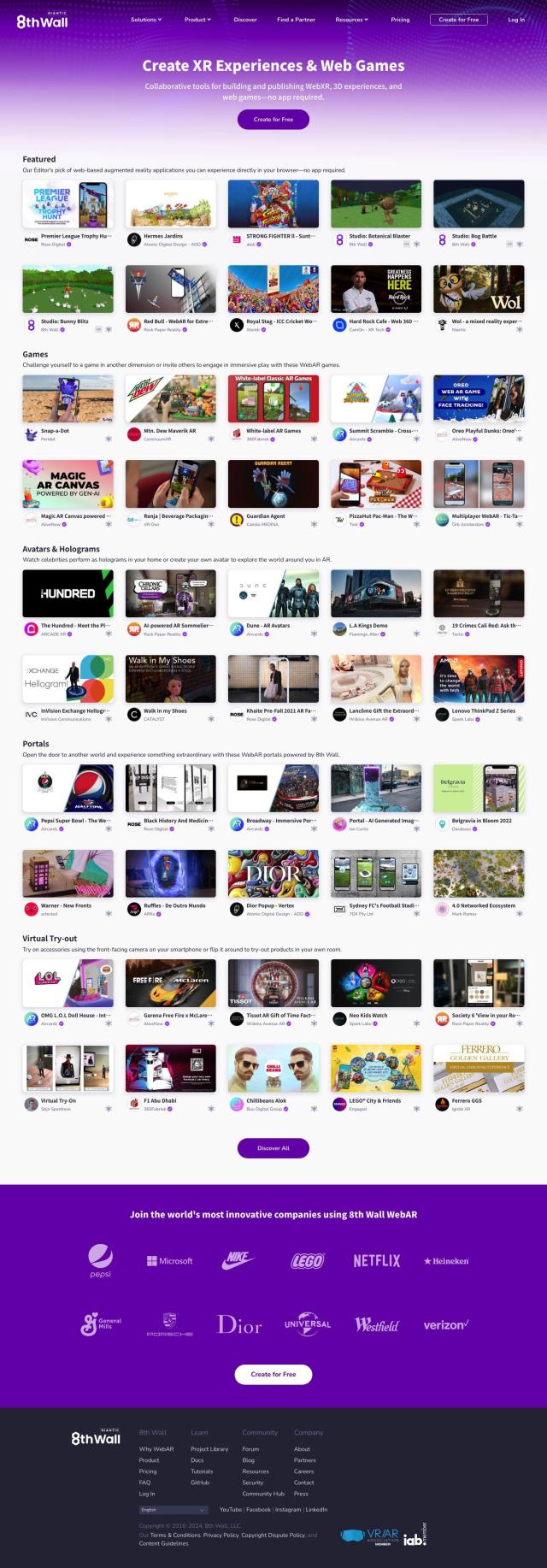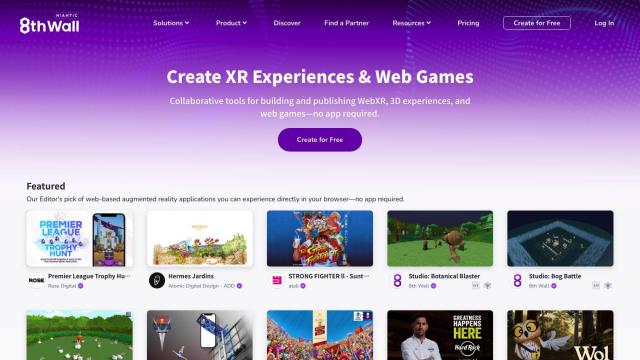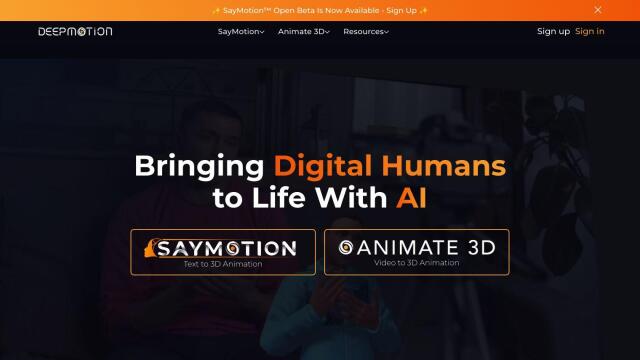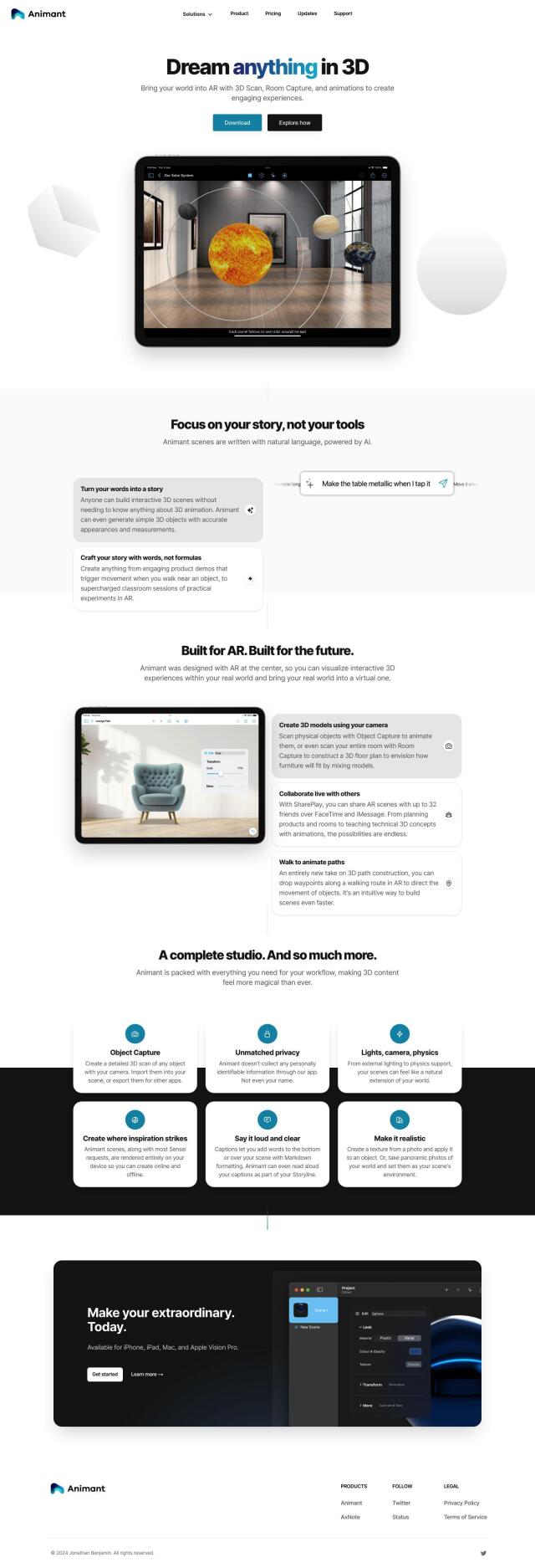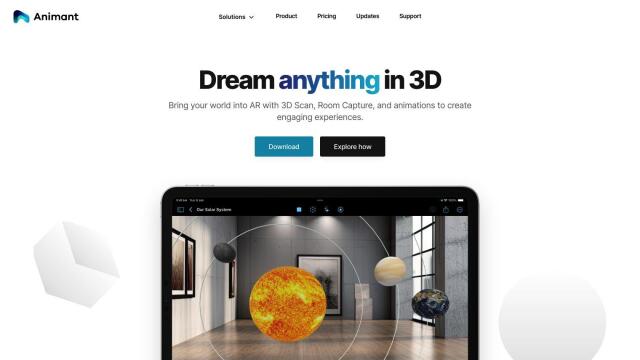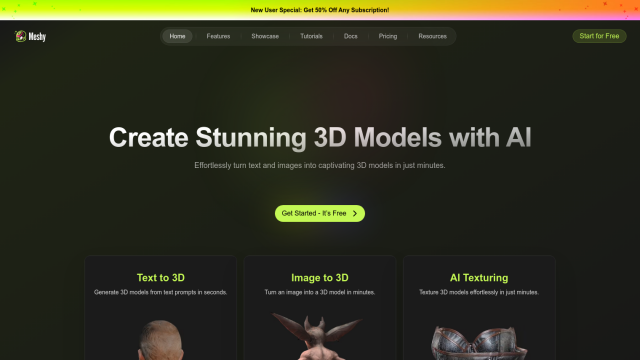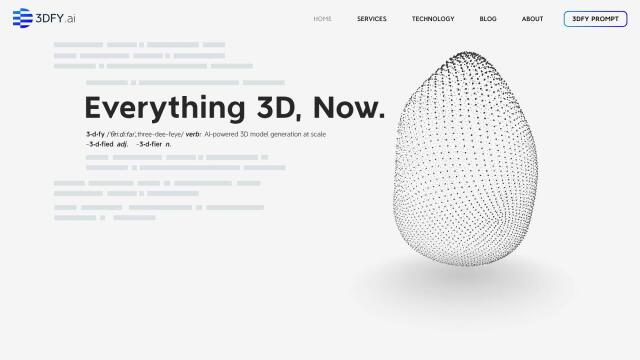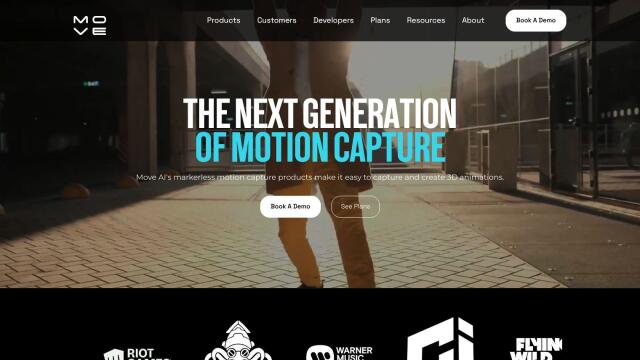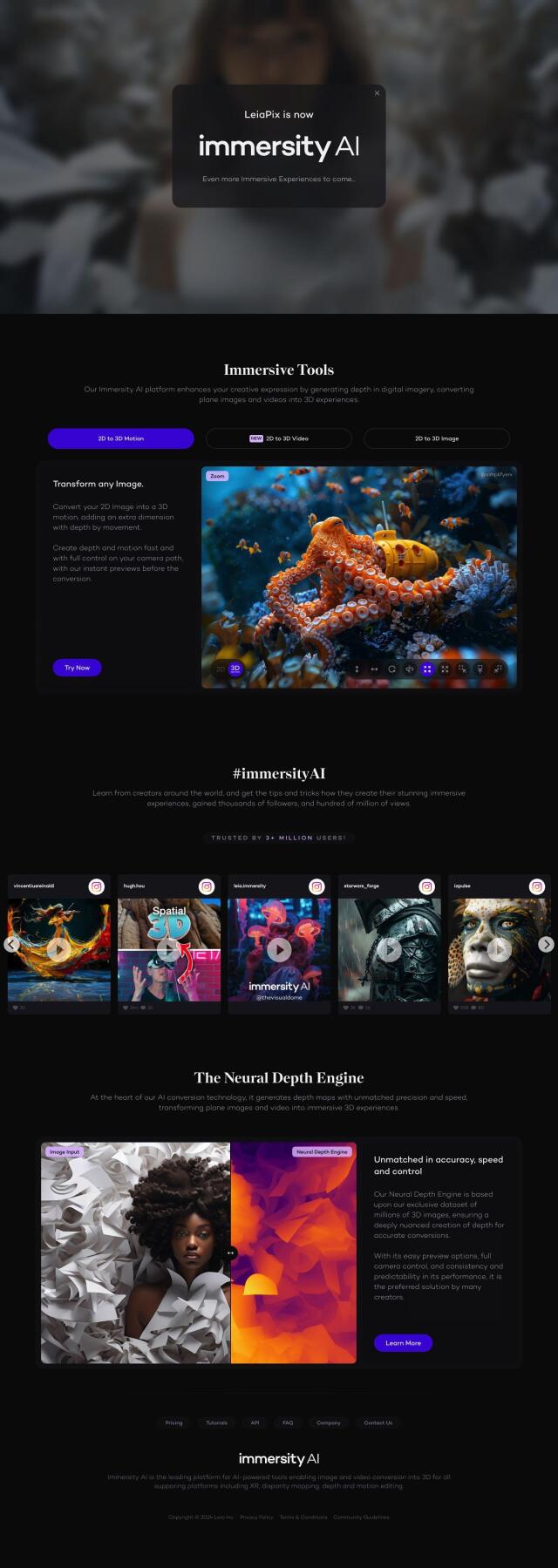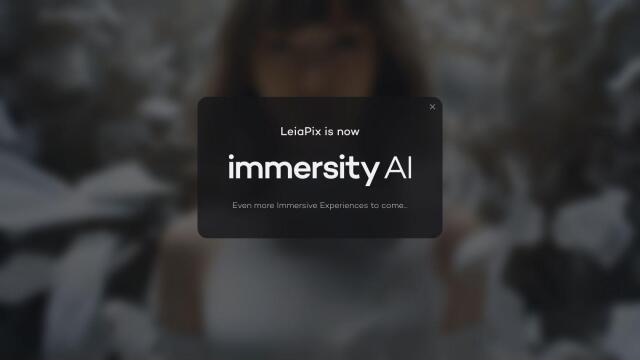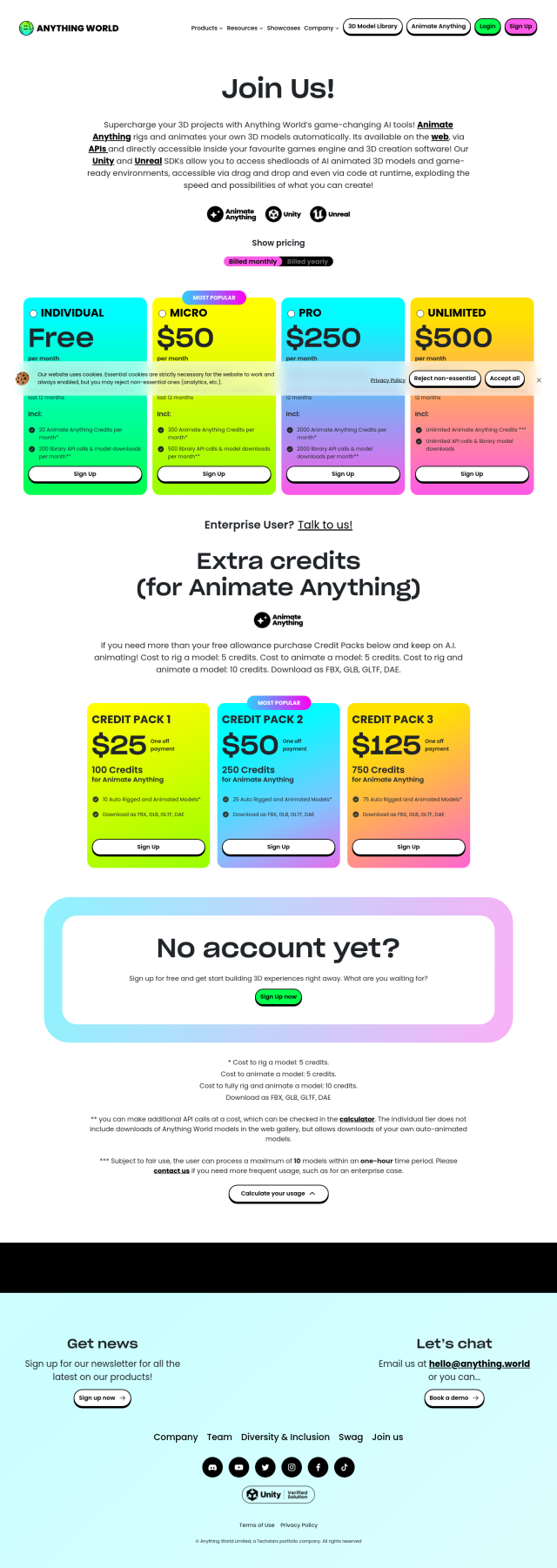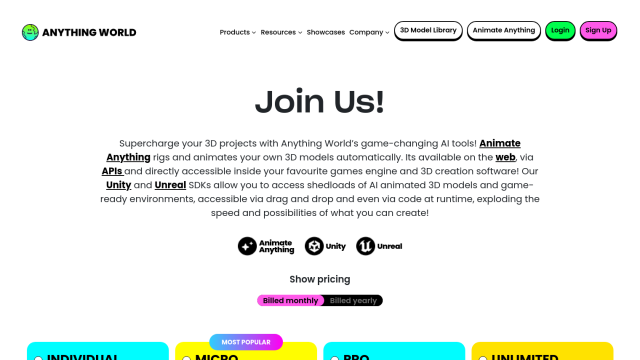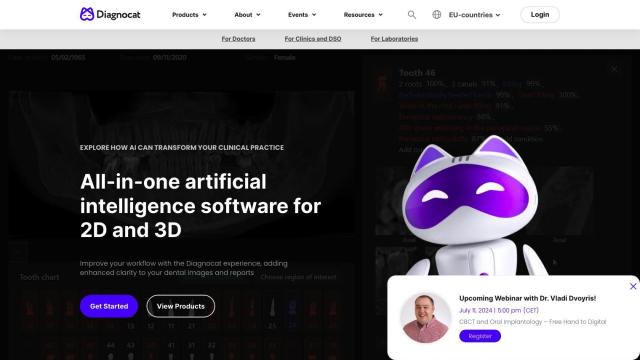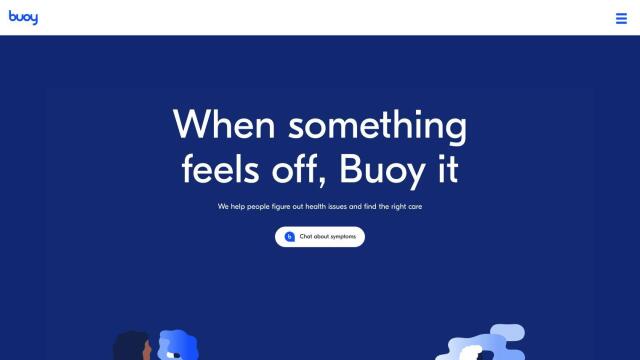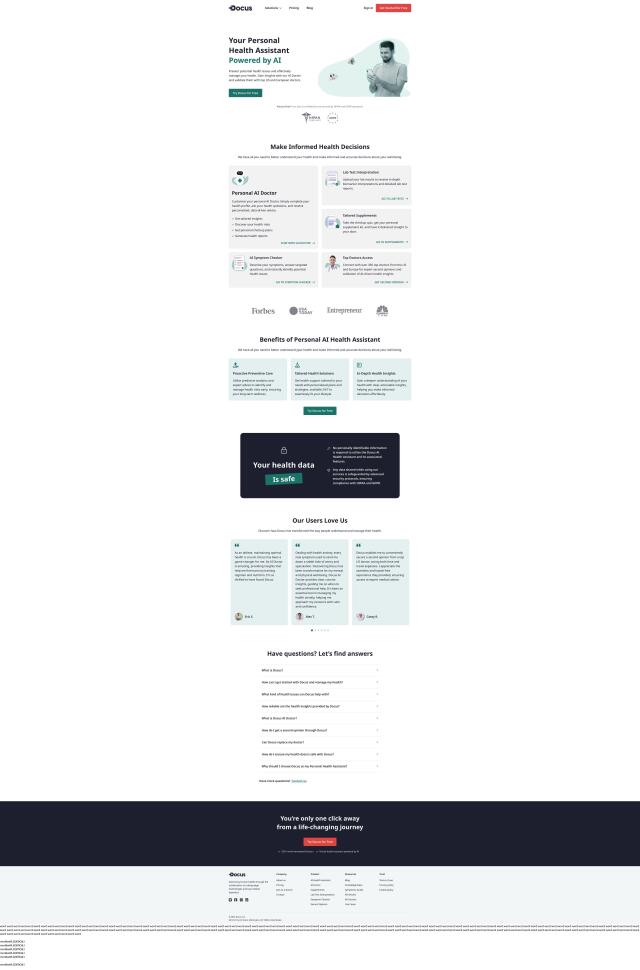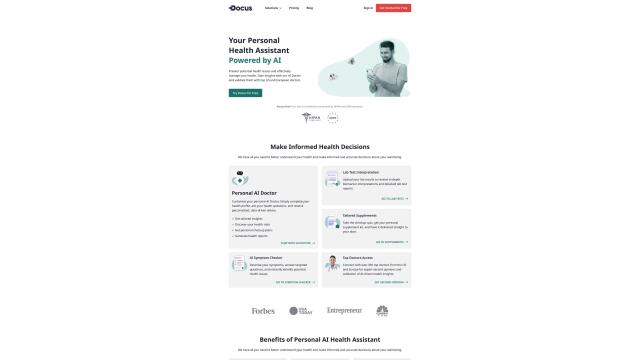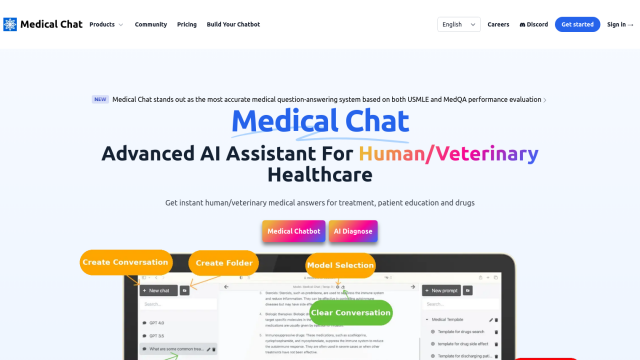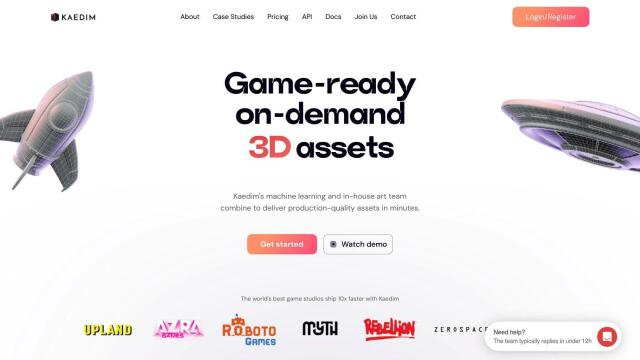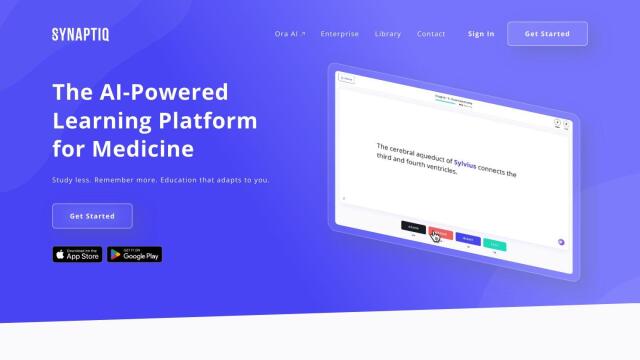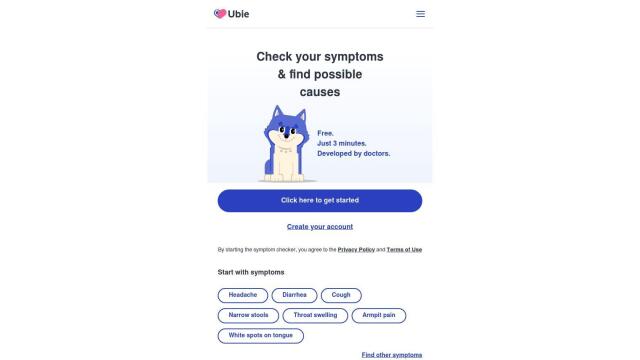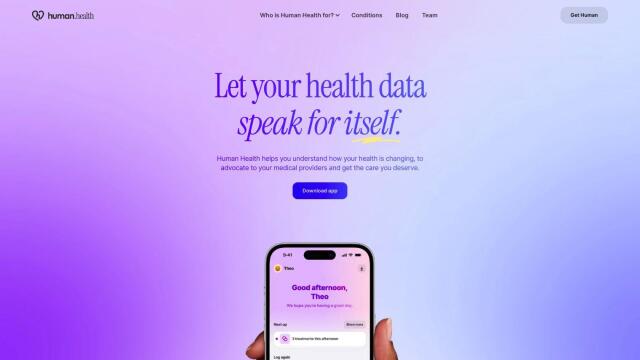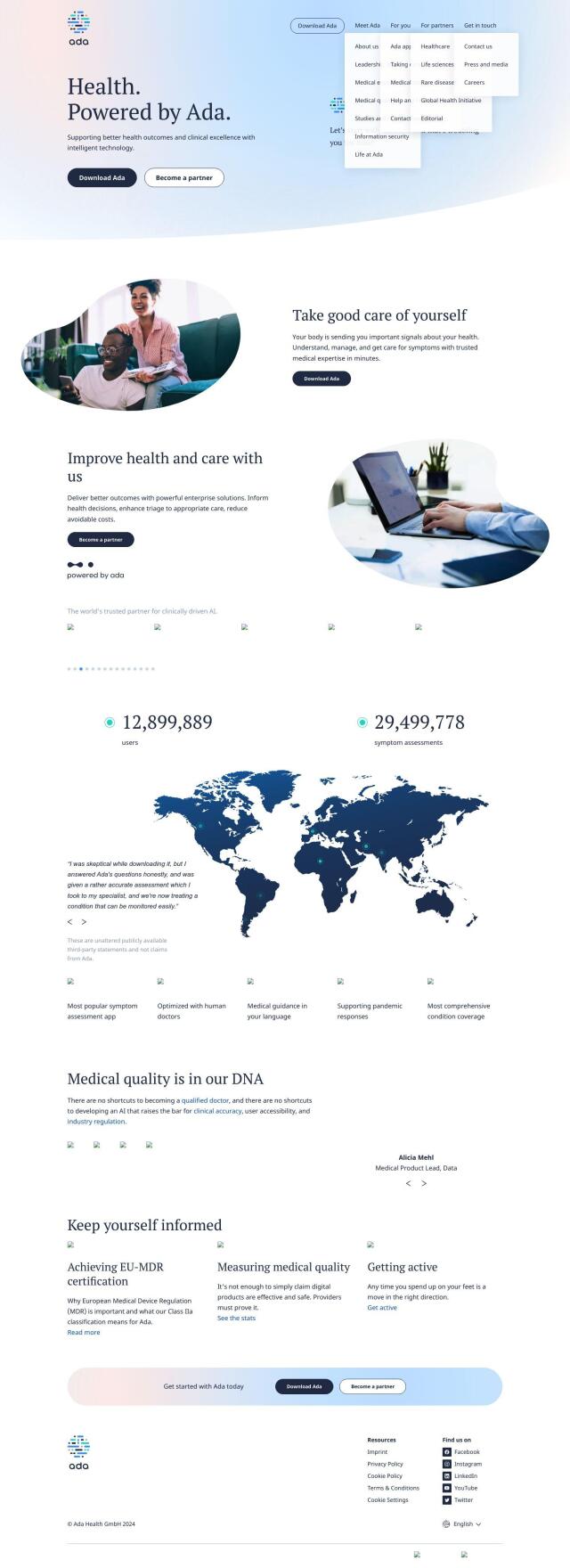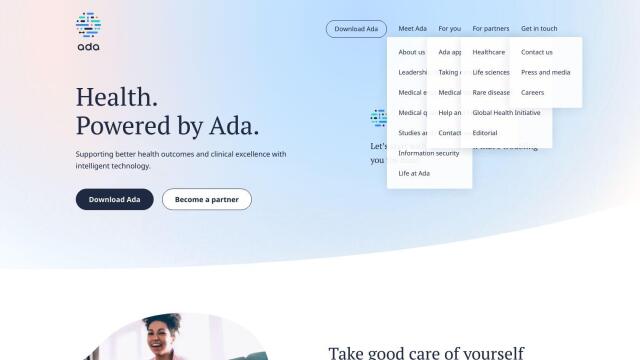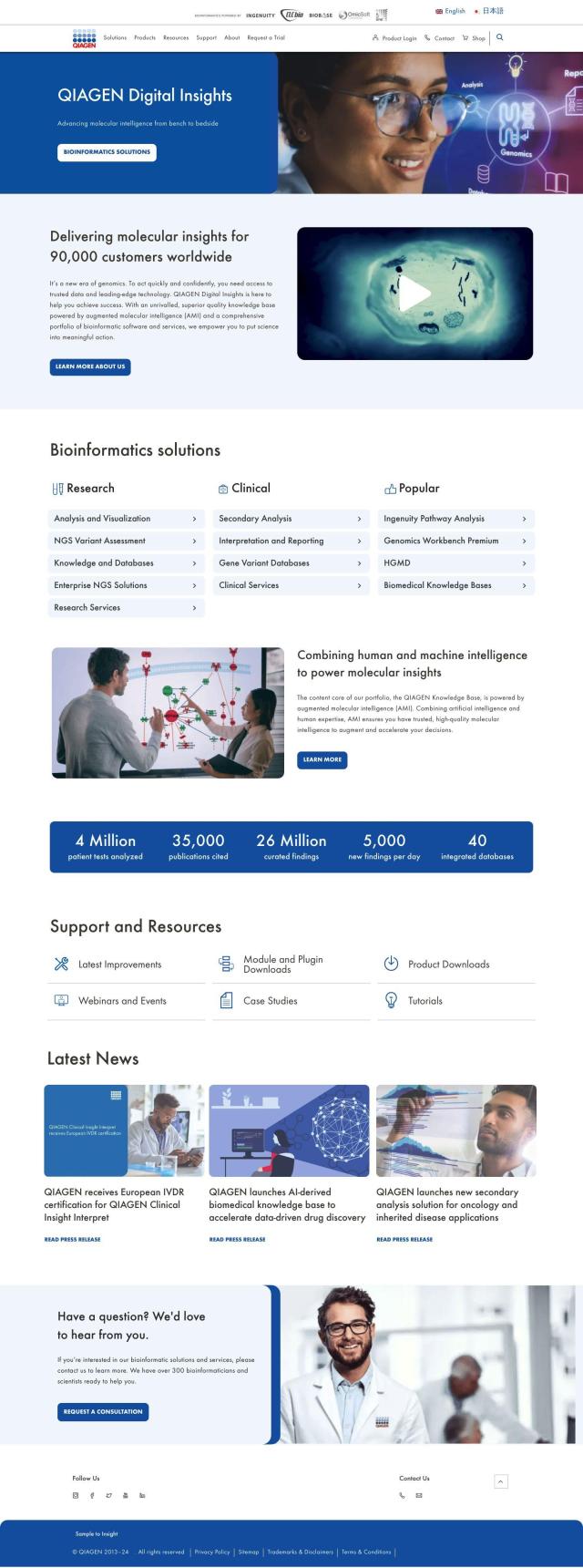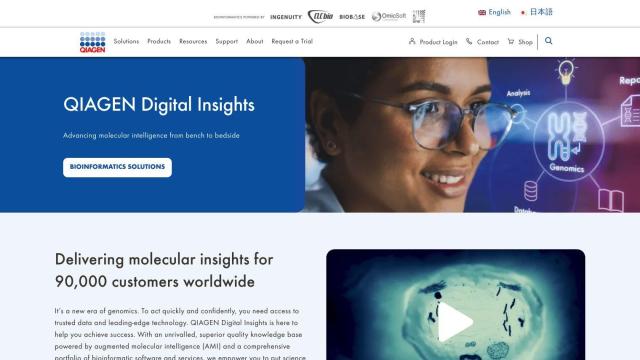Question: Can you suggest a platform that helps students and healthcare professionals better understand the human body through interactive 3D visualizations?
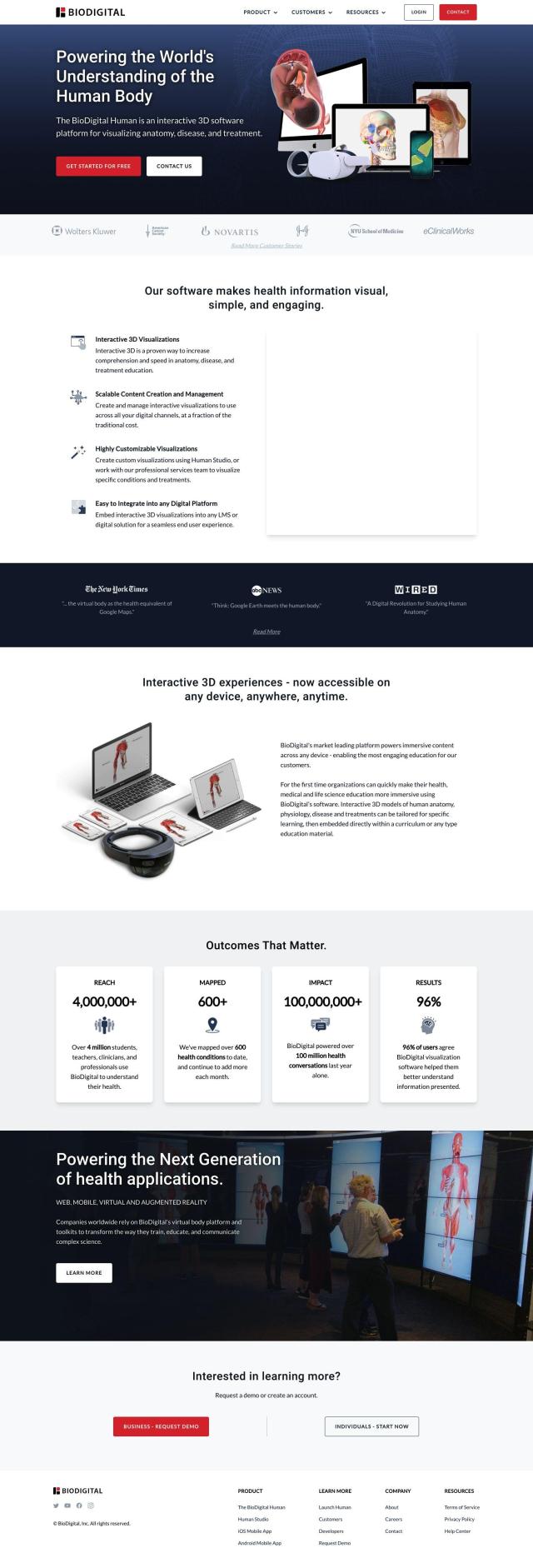
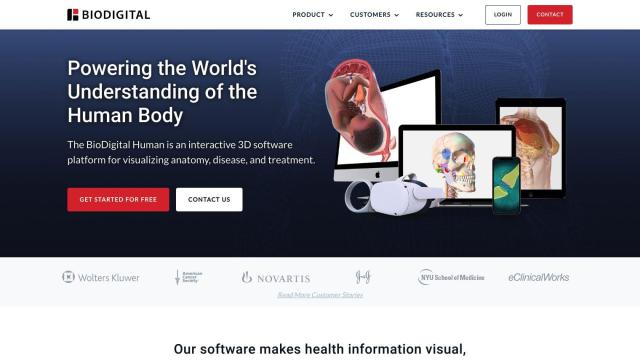
BioDigital
If you're looking for a platform to help students and healthcare professionals learn about the human body through interactive 3D visualization, BioDigital is a great option. This cloud-based service offers a detailed virtual model of the human body that can be used on any device and supports both web and mobile apps. BioDigital offers a library of more than 600 health conditions and can be used in virtual reality (VR) and augmented reality (AR) formats. The service is designed to help people learn about health and engage with it better, whether they're students, patients or clinicians.

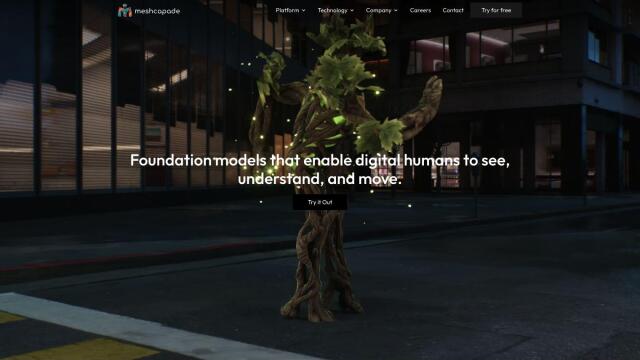
Meshcapade
Another option worth considering is Meshcapade. The service uses machine learning technology to create digital human avatars that can capture human pose and shape. It uses SMPL, a generative model trained on detailed 3D scans, to create photorealistic avatars from relatively simple input data. That could be useful for creating interactive 3D visualizations that help students and professionals learn about the ins and outs of human anatomy.
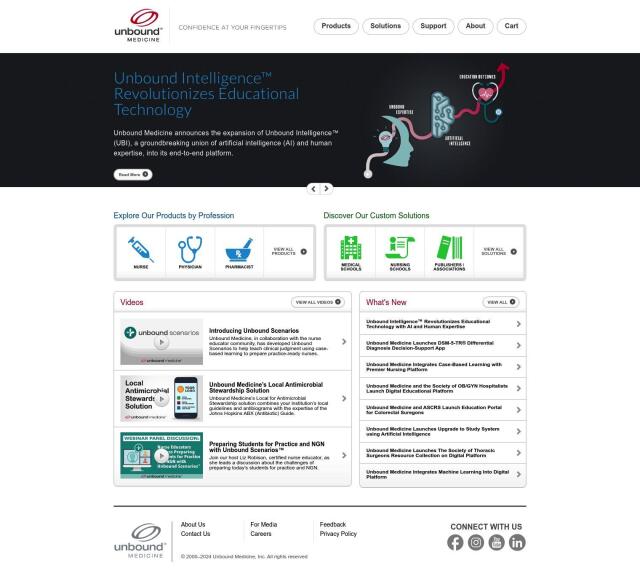
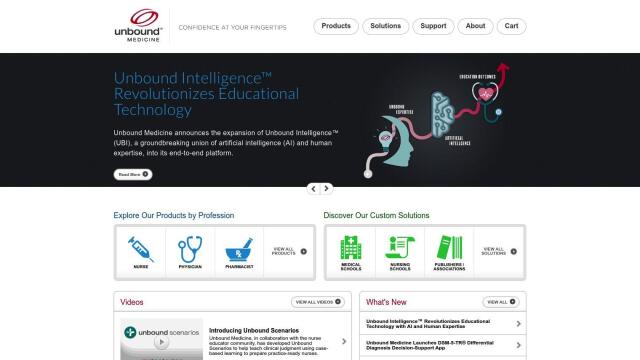
Unbound Medicine
For people who want access to up-to-date, evidence-based medical information, Unbound Medicine offers a collection of web and mobile apps. It offers a range of medical resources and tools, including interactive decision trees and guided case-based learning. The service is geared for health care professionals and students, offering authoritative information to help them practice and learn.

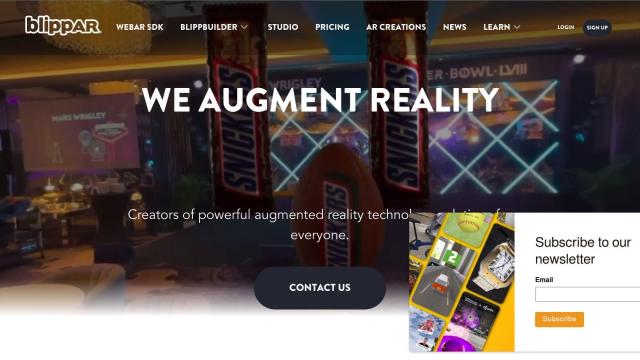
Blippar
Also worth a look is Blippar, an augmented reality (AR) service that lets people create AR experiences without programming. With tools like Blippbuilder Studio and a WebAR SDK, developers can create sophisticated AR content. That could be useful for creating interactive 3D visualizations that help people learn about medical subjects in a more immersive and engaging way.
